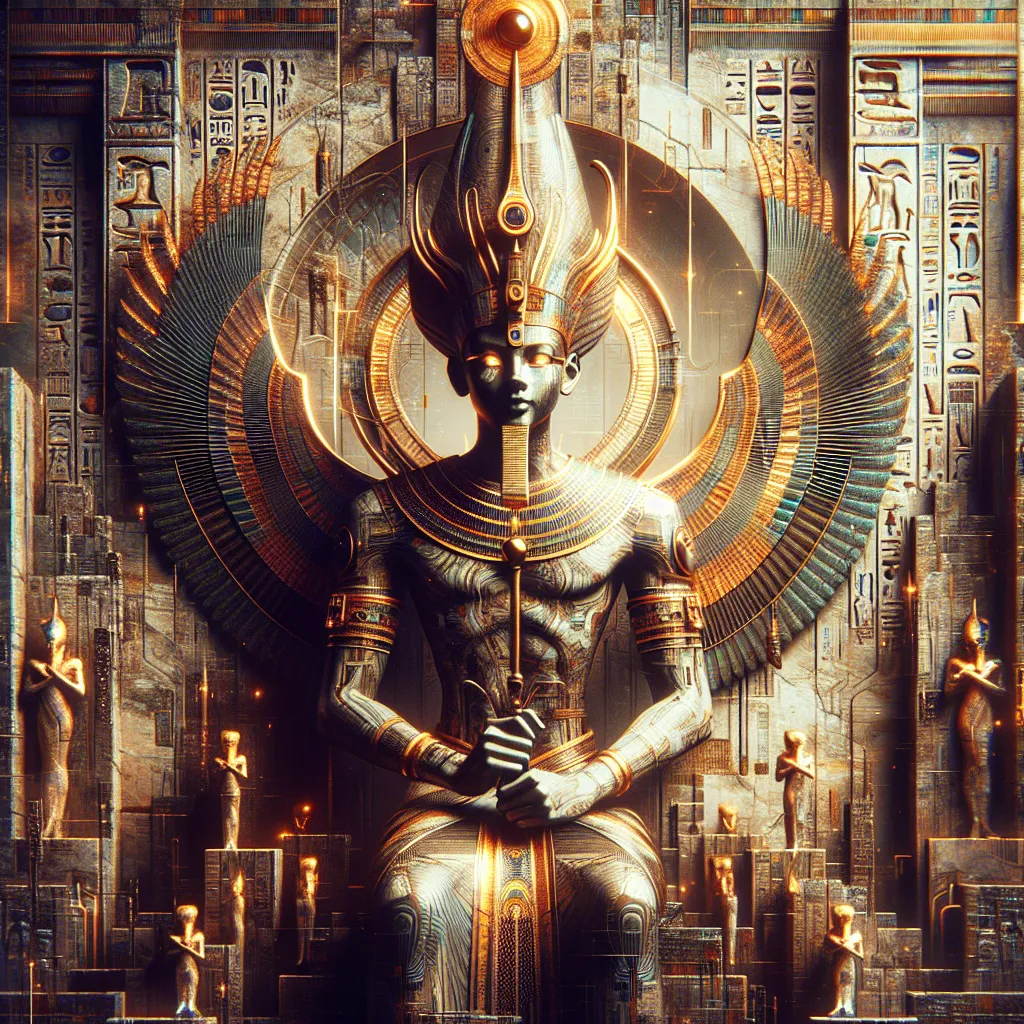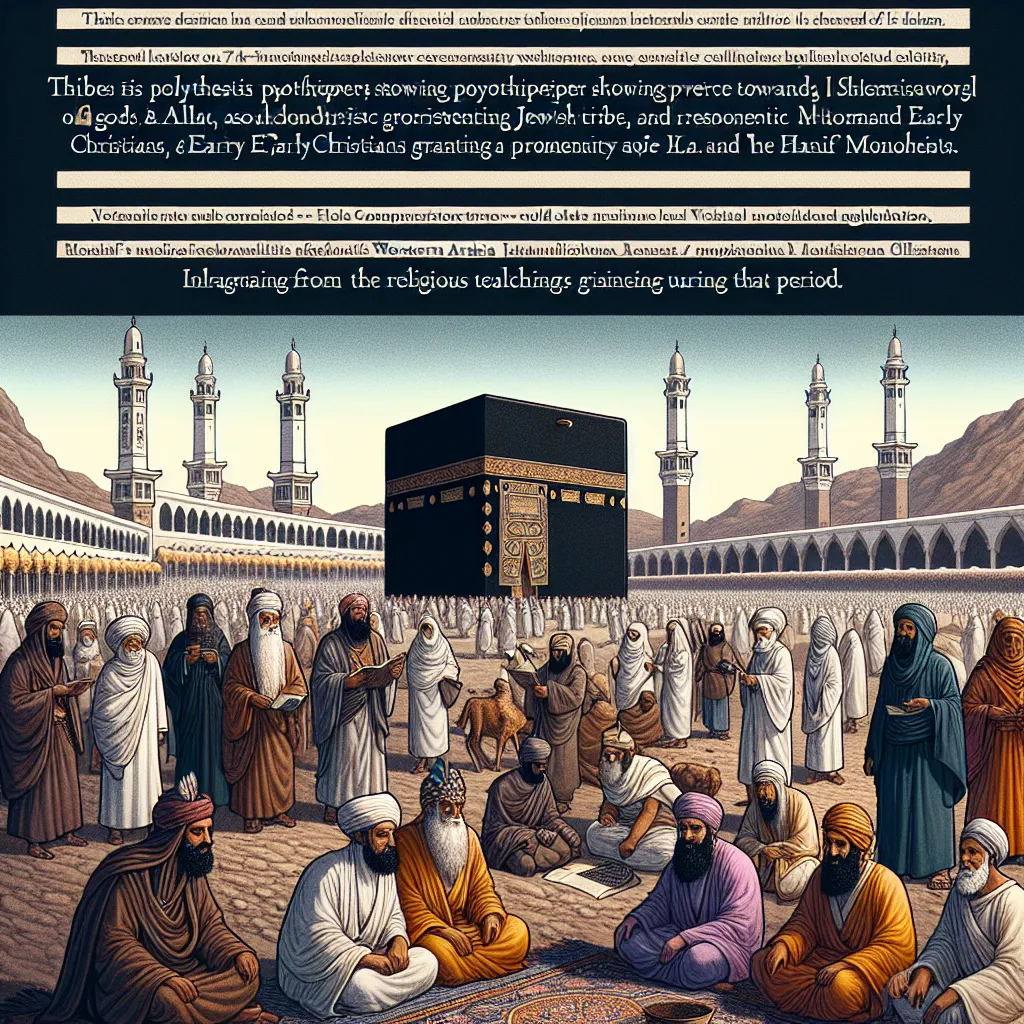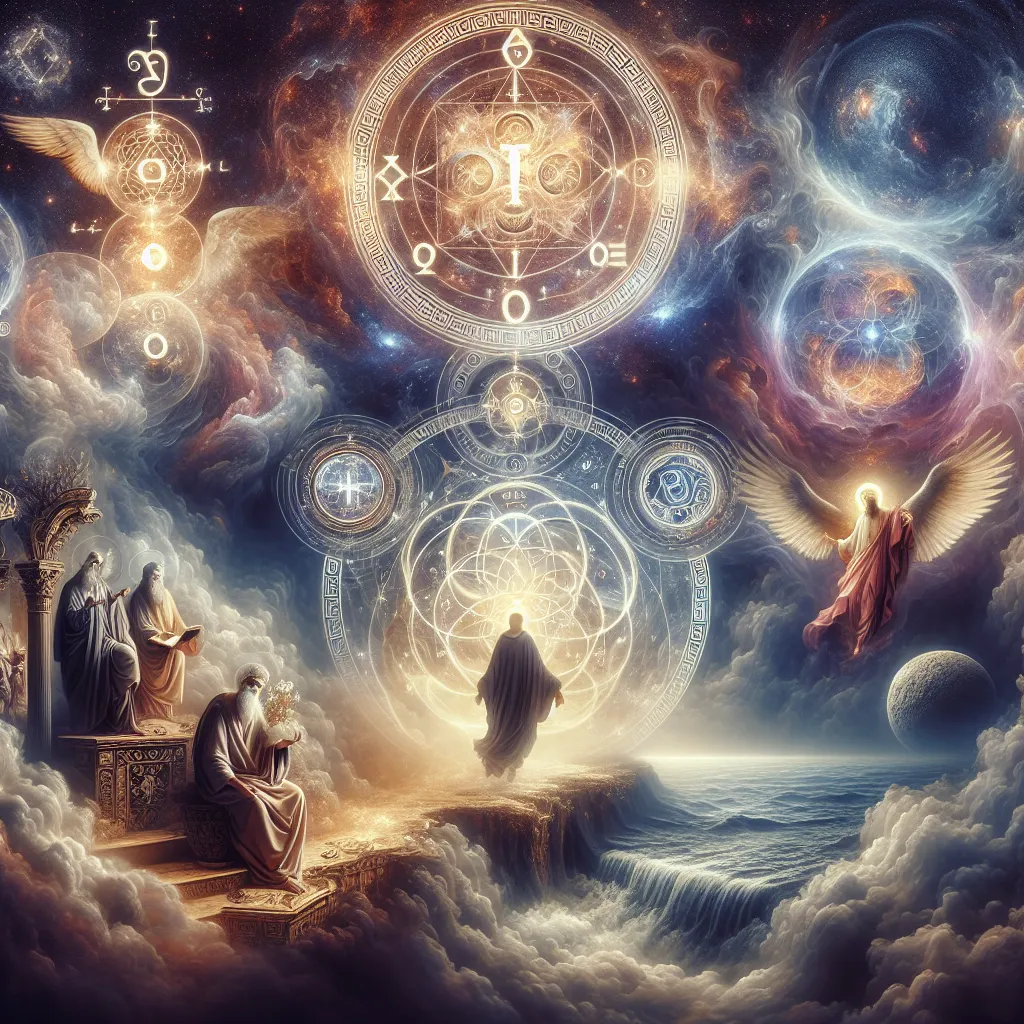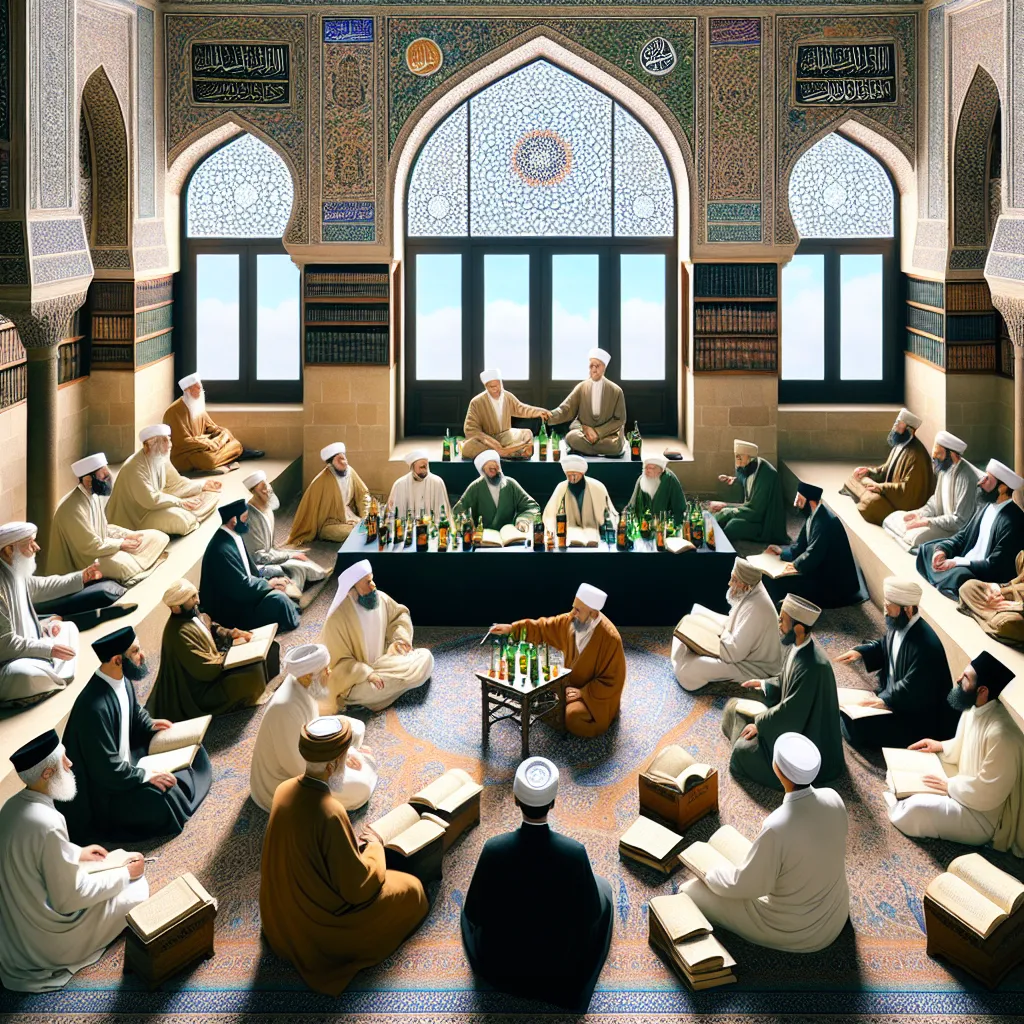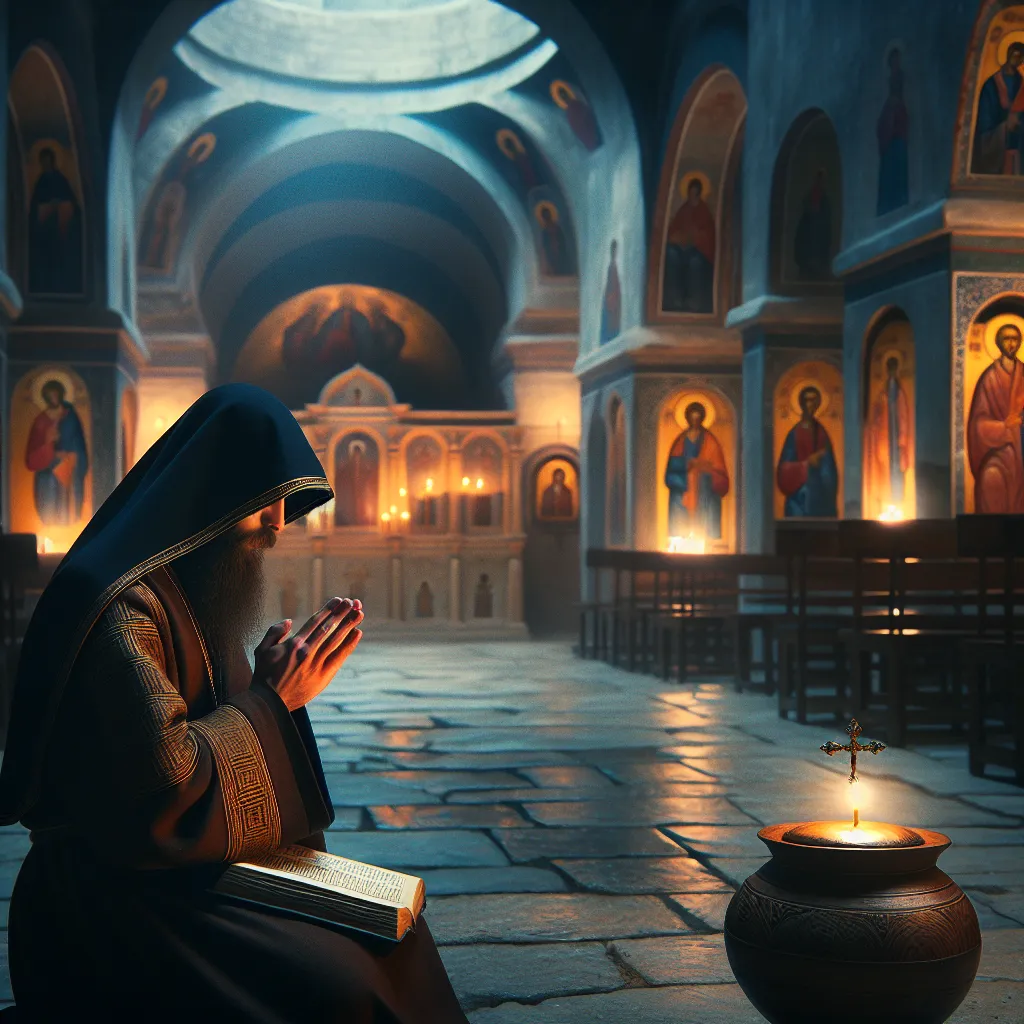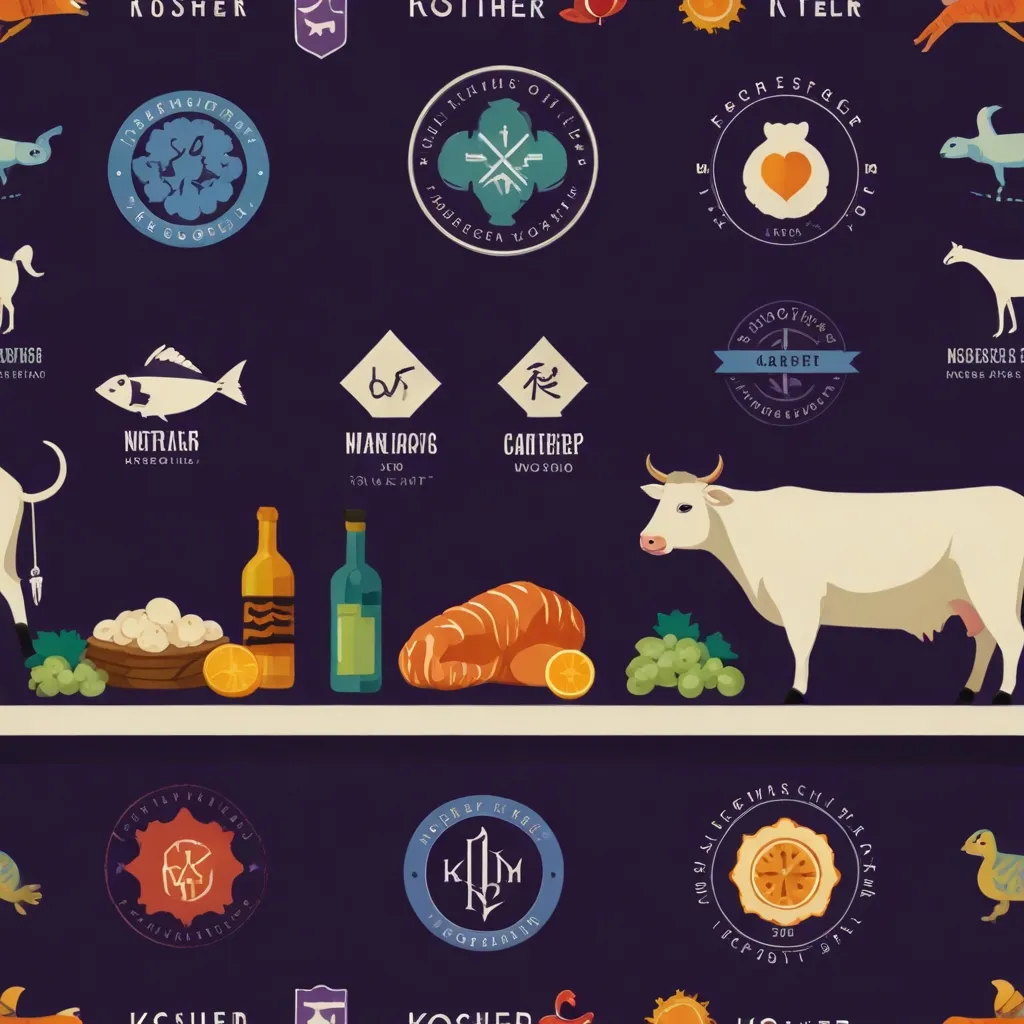Ancient Egypt, with its enigmatic allure, has captivated us for ages. Despite being separated from us by millennia, archaeology and historical research have gathered a wealth of knowledge on this civilization. Yet, there remain parts of their culture, life, and religion shrouded in mystery. One question that emerges is the nature of their gods—was there a notion of a single omnipotent deity among their many gods?
Most of us are aware of the famous Egyptian gods like Ra, Osiris, and Amun. Their worship was central, except during the singular deviation known as the Amarna Period under Akhenaten, which momentarily skewed towards a form of monotheism. Egyptians worshipped a pantheon of deities, each with distinct roles. However, some scholars suggest that there might have been an underlying belief in a singular, all-encompassing god.
Religions are often simplified into monotheism and polytheism. While this helps in understanding basic characteristics, it doesn’t capture the true complexity of ancient beliefs. Ancient polytheistic beliefs often included a supreme deity—a concept that resonates with the monotheistic idea of a single, all-powerful god.
For example, Hinduism is known for its multiple gods and goddesses, but the principle of Brahman portrays a singular divine reality. Similarly, in ancient Greek religion, Zeus often stood above all other gods, and in the Aztec tradition, Teotl was the ultimate divine reality. Such examples blur the clear-cut lines between monotheism and polytheism.
In Egypt, some scholars have debated the existence of a monotheistic concept. Eric Hornung argued against it, but John Osman’s later work suggested otherwise. The evidence they explore ranges from the ripples of the Amarna Period to tantalizing hints in late Egyptian texts influenced by Greek thought.
The Egyptian religion was deeply polytheistic. Gods manifested in statues and natural phenomena, were worshiped, and linked to specific cities or regions. The mythologies encapsulated their cosmology and rituals. But the idea of a singular god seems not entirely absent. For instance, the deity Atum, central to the creation myth of Heliopolis, embodies everything and nothing. He self-manifests and creates other gods, hinting at a more unified divine conception.
As Egypt transitioned from the Middle Kingdom to the New Kingdom, theological ideas evolved. Literatures from this time, especially those focusing on Amun-Ra, depict a god who is not just part of a pantheon but one who embodies creation and human experience.
Amun-Ra gained prominence, becoming synonymous with an all-encompassing deity who represents life, justice, and the sustenance of the universe. His image evolved into that of a personal god who could be worshiped internally, allowing a deeper, more personal connection. This intimacy with the divine, reflecting a shift from traditional polytheistic worship, continued to develop even after Akhenaten’s radical reforms had ended.
During the 19th Dynasty, theological speculations flourished. Amun-Ra was worshiped as the singular god within a pantheon, illustrating both a unified divinity and a pantheistic reality. Texts emphasize God as the creator, sustainer, and moral compass of the world. Such expressions of divine unity continued through the Hellenistic and Roman periods, blending Egyptian traditions with Greek philosophical notions.
Thus, while the primary religious framework of ancient Egypt was polytheistic, there was also an underlying complexity, pointing towards a singular divine principle. This makes their theological landscape rich and multifaceted, reflecting a blend of unity and plurality in the divine.
Exploring ancient Egyptian religion speaks volumes about their civilization’s depth, showing that terms like monotheism and polytheism often oversimplify. Their beliefs, interwoven with cosmic and personal dimensions, reflect a sophisticated understanding of divinity that remains compelling and intriguing even today.
